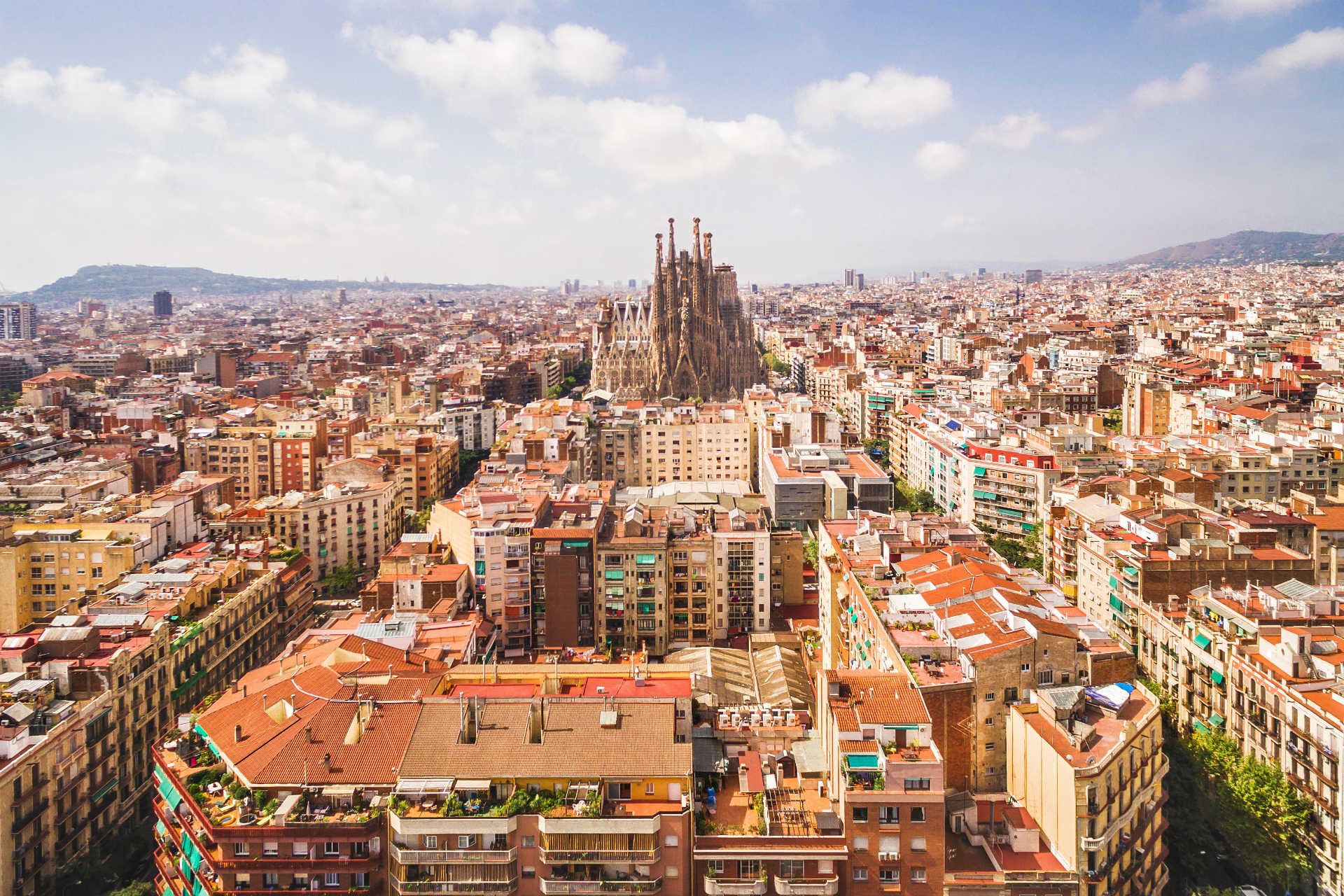Coastal relaxation or central exploration
One of the most significant differences in experience comes from Barcelona’s beachside location versus Madrid’s landlocked position.
Barcelona, sitting on the Mediterranean Sea, offers the allure of sandy beaches right in the city. On a warm day, you can go from touring the Sagrada Família to dipping your toes in the sea at Barceloneta Beach within minutes. The coastline provides not just leisure (sunbathing, swimming, sailing, or surfing), but also a laid-back atmosphere that permeates the city.
Beach culture is alive here – in summer, you’ll see locals and tourists alike enjoying the water, and beachside chiringuitos serving cold drinks and tapas with a view of the waves. Barcelona’s seaside location also means the climate is relatively mild.
However, it’s worth noting that the city beaches can get extremely crowded in peak season – both with visitors and locals. Many Barcelona residents will actually drive up or down the coast to find less crowded beaches, especially on summer weekends
Now, Madrid may lack a beach, but its central inland location comes with its own perks. Geographically, Madrid sits right in the heart of Spain – there’s even a marker in Puerta del Sol for Kilometer 0, the point from which all Spain’s road distances are measured. Being inland, Madrid experiences more of a continental climate: hotter summers and colder winters than Barcelona, since there’s no ocean to moderate the temperatures. Summer days in Madrid can be scorching, but the heat is a dry heat, which many find more tolerable than high humidity
Do Madrid and Barcelona have similarities?
Despite their differences, Madrid and Barcelona have a lot in common, both being the best places to visit in Spain. Both are vibrant, cosmopolitan places that pride themselves on culture, cuisine, and a high quality of life.
In both cities, you’ll find a love for good food and social dining – whether it’s gathering over tapas or a multi-course family lunch, eating well is a Spanish universal (truly, the whole country is a “diner’s paradise” for foodies)
Don’t be surprised to see families with kids (check out our guide on Spain with kids) out for an evening stroll at 10 PM, or locals having dinner at 9 or 10 – the relaxed late schedule is part of the lifestyle in both places. Another thing both cities share is a deep passion for arts and sports.








